Home>Others>Specialized Home Improvement Topics>How To Bulletproof Car Windows
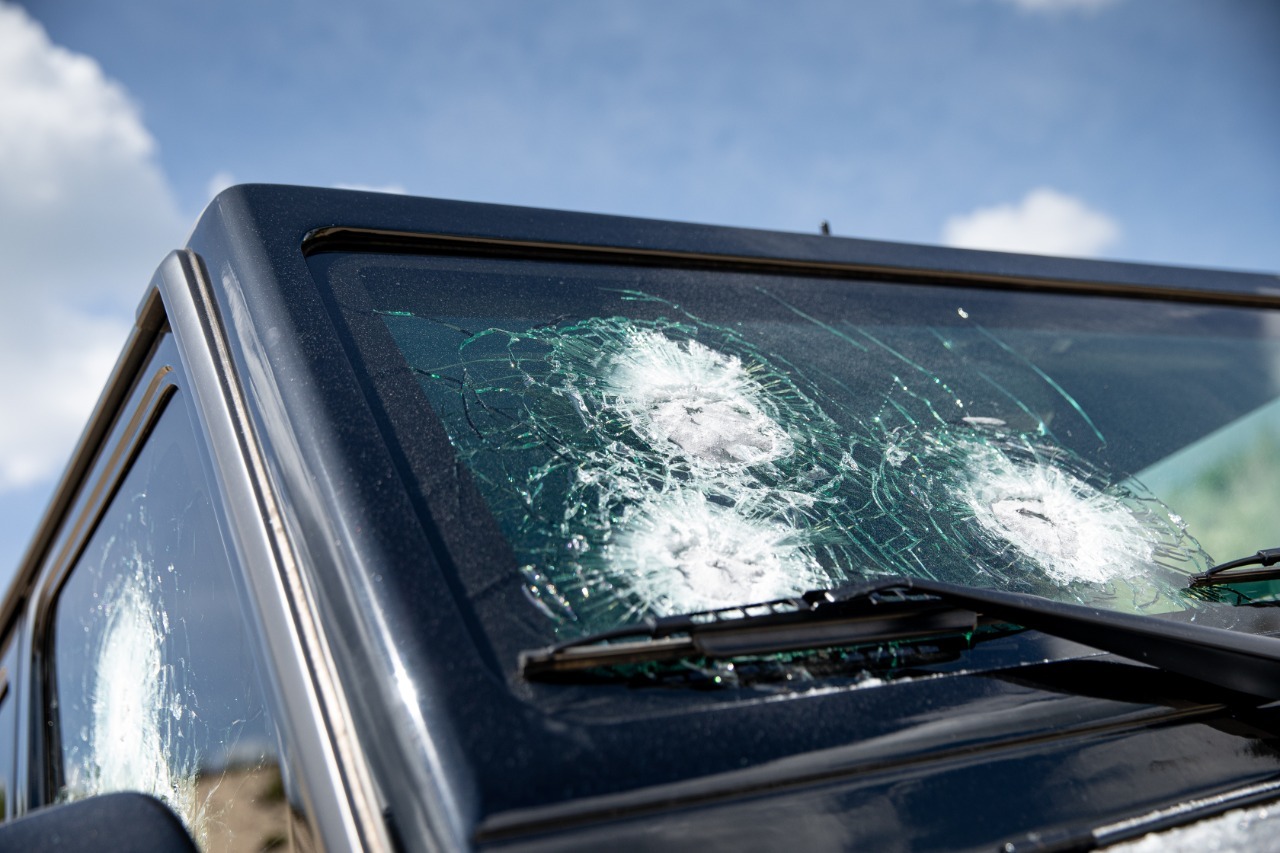

Specialized Home Improvement Topics
How To Bulletproof Car Windows
Modified: February 5, 2024
Discover how to bulletproof car windows and protect your vehicle with specialized home improvement topics. Learn the best techniques for increasing security and safety.
(Many of the links in this article redirect to a specific reviewed product. Your purchase of these products through affiliate links helps to generate commission for Storables.com, at no extra cost. Learn more)
Introduction
When it comes to personal safety, every precaution matters. In today's world, where security is a growing concern, the need to protect oneself has become increasingly paramount. One area where this need is particularly evident is in the protection of vehicles, specifically the windows. While standard car windows are designed for visibility and protection from the elements, they offer minimal resistance against forced entry or ballistic threats. This is where the concept of bulletproof car windows comes into play.
The idea of bulletproofing car windows may seem like something out of a spy movie, but in reality, it's a practical and feasible security measure for individuals who require an extra layer of protection. Whether it's for high-profile individuals, law enforcement personnel, or individuals living in areas with high crime rates, the decision to bulletproof car windows can provide peace of mind and an added sense of security.
In this comprehensive guide, we will delve into the intricacies of bulletproof glass, the different types available, and the essential factors to consider before embarking on the process of bulletproofing car windows. Additionally, we will outline the steps involved in the bulletproofing process, shedding light on the crucial details that can make a significant difference in the effectiveness of this security enhancement.
By the end of this guide, you will have a deeper understanding of bulletproof car windows, empowering you to make informed decisions about whether this security measure is suitable for your specific needs. So, let's embark on this journey to explore the world of bulletproof car windows and the steps involved in fortifying your vehicle against potential threats.
Key Takeaways:
- Bulletproof car windows offer protection against potential threats by using specialized glass that can resist penetration from bullets and other ballistic impacts, providing peace of mind and added security for vehicle occupants.
- Before bulletproofing car windows, consider factors such as security needs, legal compliance, weight implications, and optics to ensure the chosen solution aligns with specific security requirements and practical considerations.
Read more: How To Lubricate Car Windows
Understanding Bulletproof Glass
Before delving into the specifics of bulletproofing car windows, it's crucial to comprehend the fundamental concept of bulletproof glass. Unlike standard glass, which shatters upon impact, bulletproof glass is designed to resist penetration from bullets and other ballistic threats, providing a protective barrier against potential dangers.
Bulletproof glass, also known as ballistic glass or transparent armor, is engineered using multiple layers of glass and synthetic materials, such as polycarbonate or acrylic, to create a composite structure with exceptional strength and resilience. The construction of bulletproof glass involves a lamination process, wherein the individual layers are fused together using specialized adhesives, resulting in a single, cohesive unit that exhibits remarkable resistance to ballistic impact.
The effectiveness of bulletproof glass lies in its ability to dissipate the energy of a projectile, such as a bullet, across a larger area, thereby preventing it from penetrating through the entire thickness of the material. This mechanism is achieved through the combination of hard and flexible components within the glass, which work in tandem to absorb and disperse the kinetic energy of the incoming projectile.
Moreover, the optical clarity of bulletproof glass is a crucial aspect, especially in the context of car windows, where visibility is essential for safe driving. Advanced manufacturing techniques and high-quality materials ensure that bulletproof glass maintains excellent transparency, allowing occupants to have a clear view of the surroundings without compromising on safety and security.
It’s important to note that while bulletproof glass provides a high level of protection against ballistic threats, it is not indestructible. The specific level of resistance offered by bulletproof glass varies depending on its design, thickness, and the materials used in its construction. Understanding these nuances is essential in making informed decisions regarding the selection and installation of bulletproof glass for car windows.
By grasping the underlying principles of bulletproof glass, individuals can appreciate the significance of this specialized material in enhancing the security of vehicles, making informed choices when considering the installation of bulletproof windows.
Types of Bulletproof Glass
When it comes to bulletproof glass, there are several types available, each offering distinct characteristics and levels of protection. Understanding the different types of bulletproof glass is essential for evaluating the most suitable option for fortifying car windows and ensuring the desired level of security.
1. Laminated Glass: Laminated glass is a common choice for bulletproof applications due to its ability to withstand impacts and maintain structural integrity. It is constructed by bonding multiple layers of glass with interlayers made of polyvinyl butyral (PVB) or ethylene-vinyl acetate (EVA) using heat and pressure. In the event of an impact, the interlayers hold the glass together, preventing it from shattering and providing resistance against penetration.
2. Polycarbonate-Clad Glass: This type of bulletproof glass features a layer of polycarbonate material bonded to the surface of traditional glass. Polycarbonate offers exceptional impact resistance and is significantly lighter than traditional glass, making it a popular choice for applications where weight is a concern. The combination of glass and polycarbonate creates a robust barrier against ballistic threats while maintaining optical clarity.
3. Acrylic-Clad Polycarbonate: Acrylic-clad polycarbonate glass is a hybrid solution that combines the impact resistance of polycarbonate with the abrasion resistance of acrylic. This type of bulletproof glass is well-suited for applications requiring enhanced durability and resistance to scratches and chemical exposure. It offers a high level of protection while ensuring long-term clarity and performance.
4. Glass-Ceramic Composites: Glass-ceramic composites are engineered to provide exceptional resistance to extreme impacts, including those from high-velocity projectiles. These advanced materials offer superior strength and durability, making them suitable for specialized security applications where the highest level of protection is required.
5. Air-Gap Insulated Glass: Air-gap insulated glass incorporates a layer of air or inert gas between multiple glass panes, enhancing its ability to withstand ballistic impacts. The air gap serves as a cushion, dispersing the energy of incoming projectiles and reducing the likelihood of penetration. This type of bulletproof glass is known for its thermal insulation properties in addition to its ballistic resistance.
By familiarizing oneself with the diverse range of bulletproof glass options, individuals can make informed decisions based on their specific security needs, budget considerations, and the level of protection required for their vehicles.
Consider installing a protective film on your car windows to make them more resistant to break-ins. These films can make it harder for thieves to smash the glass and gain access to your vehicle.
Factors to Consider Before Bulletproofing Car Windows
Before proceeding with the bulletproofing of car windows, it is essential to carefully evaluate various factors to ensure that the chosen solution aligns with your specific security requirements and practical considerations. By taking these factors into account, individuals can make informed decisions regarding the installation of bulletproof glass for their vehicles.
1. Security Needs: Assess your security needs and the level of protection required for your vehicle. Consider the potential threats you may encounter based on your occupation, geographic location, or personal circumstances. Understanding your specific security concerns will help determine the appropriate level of ballistic resistance needed for your car windows.
2. Legal Compliance: Familiarize yourself with local regulations and legal requirements pertaining to the use of bulletproof glass for vehicles. Certain jurisdictions may have specific guidelines regarding the installation and use of bulletproof materials in automobiles. Ensure that the chosen solution complies with relevant laws and regulations to avoid any legal implications.
3. Weight Considerations: Bulletproof glass adds weight to the vehicle, which can impact fuel efficiency, handling, and overall performance. Evaluate the weight implications of the chosen bulletproofing solution, especially for smaller or fuel-efficient vehicles, to ensure that the added weight does not compromise the vehicle’s operational characteristics.
4. Optics and Visibility: Optics and visibility are crucial factors when selecting bulletproof glass for car windows. Ensure that the chosen solution offers excellent optical clarity and minimal distortion to maintain visibility while driving. The ability to clearly see the surroundings is essential for safe and efficient operation of the vehicle.
5. Installation Expertise: Seek professional expertise for the installation of bulletproof glass. Proper installation is critical for the effectiveness and durability of the bulletproofing solution. Engage with reputable professionals or certified installers who have experience in fitting bulletproof glass specifically designed for automotive applications.
6. Cost and Budget: Consider the cost implications of bulletproofing car windows, including the procurement of materials and professional installation services. Establish a realistic budget and explore options that offer the desired level of protection within your financial constraints. It is important to balance cost considerations with the quality and effectiveness of the chosen bulletproofing solution.
7. Functional Requirements: Evaluate the functional requirements of the vehicle, such as window operation and compatibility with existing mechanisms. Ensure that the bulletproofing solution does not hinder the normal operation of the windows, including opening, closing, and sealing, to maintain the convenience and functionality of the vehicle.
By carefully considering these factors, individuals can make well-informed decisions regarding the bulletproofing of car windows, addressing security needs while taking into account practical and regulatory considerations.
Steps to Bulletproof Car Windows
Bulletproofing car windows involves a meticulous process that requires attention to detail and adherence to industry best practices. From selecting the appropriate materials to the installation of the bulletproof glass, each step plays a crucial role in ensuring the effectiveness and reliability of the security enhancement. Here are the essential steps involved in bulletproofing car windows:
1. Assessment and Consultation: Begin by assessing your security needs and consulting with professionals specializing in bulletproofing solutions. A thorough evaluation of the vehicle and a discussion with experts will help determine the most suitable bulletproofing options based on your specific requirements and the type of vehicle.
2. Material Selection: Choose the appropriate type of bulletproof glass based on the level of protection required and the compatibility with the vehicle. Consider factors such as transparency, weight, and resistance capabilities when selecting the material for the car windows. Work closely with suppliers and experts to identify the most suitable bulletproofing solution.
3. Customization and Fabrication: The bulletproof glass should be customized to fit the dimensions and contours of the car windows. Work with professionals to ensure precise measurements and fabrication of the bulletproof glass panels to ensure a seamless and secure fit within the existing window openings.
4. Removal of Existing Glass: Prior to the installation of bulletproof glass, the existing windows may need to be removed carefully. This process requires precision to avoid damage to the surrounding components and to prepare the openings for the installation of the new bulletproof panels.
5. Installation and Sealing: The installation of bulletproof glass requires expertise and specialized techniques to ensure a secure and airtight fit. Professional installers will carefully position the custom-fabricated bulletproof panels within the window openings and seal them using high-quality adhesives and fastening methods to prevent any gaps or vulnerabilities.
6. Testing and Quality Assurance: Once the bulletproof glass is installed, rigorous testing and quality assurance measures are essential to validate the effectiveness of the installation. This may involve conducting impact tests and ensuring that the bulletproof windows meet the specified resistance standards and performance criteria.
7. Integration with Vehicle Systems: Verify that the installation of bulletproof glass does not interfere with the operation of the vehicle’s window mechanisms, including electric controls and manual operation. The integration should maintain the functionality and safety features of the original window systems.
8. Final Inspection and Certification: Upon completion of the installation, a comprehensive inspection should be carried out to verify the integrity and functionality of the bulletproof car windows. Certification from relevant authorities or industry bodies may be obtained to validate the compliance and effectiveness of the bulletproofing solution.
By following these steps with precision and attention to detail, individuals can ensure the successful bulletproofing of car windows, enhancing the security and protective capabilities of their vehicles.
Read more: How To Tint Windows On Car
Conclusion
The decision to bulletproof car windows is a significant step towards enhancing personal security and fortifying the protective capabilities of vehicles. Through the understanding of bulletproof glass, the exploration of different types of bulletproof glass, and the careful consideration of essential factors, individuals can make informed choices regarding the installation of bulletproof windows for their vehicles.
By comprehending the underlying principles of bulletproof glass and its ability to resist ballistic threats, individuals gain valuable insight into the effectiveness of this specialized material in safeguarding vehicles and occupants. The diverse range of bulletproof glass options, including laminated glass, polycarbonate-clad glass, and glass-ceramic composites, presents individuals with the flexibility to select solutions that align with their specific security needs and practical requirements.
Prior to embarking on the process of bulletproofing car windows, thorough consideration of factors such as security needs, legal compliance, weight implications, and optics is essential for ensuring a well-rounded and effective security enhancement. By addressing these factors, individuals can navigate the decision-making process with clarity and confidence, ensuring that the chosen bulletproofing solution meets their expectations and regulatory obligations.
The meticulous steps involved in bulletproofing car windows, from material selection and customization to installation, testing, and integration with vehicle systems, underscore the importance of precision and expertise in achieving a reliable and secure outcome. Engaging with professionals and adhering to industry best practices are fundamental to the successful implementation of bulletproof glass for vehicles.
In conclusion, the decision to bulletproof car windows represents a proactive approach to personal safety and security, offering individuals a tangible means of fortifying their vehicles against potential threats. By leveraging the knowledge and insights presented in this guide, individuals are empowered to make informed decisions and undertake the process of bulletproofing car windows with confidence, ultimately enhancing the protective capabilities of their vehicles in an increasingly security-conscious environment.
Frequently Asked Questions about How To Bulletproof Car Windows
Was this page helpful?
At Storables.com, we guarantee accurate and reliable information. Our content, validated by Expert Board Contributors, is crafted following stringent Editorial Policies. We're committed to providing you with well-researched, expert-backed insights for all your informational needs.
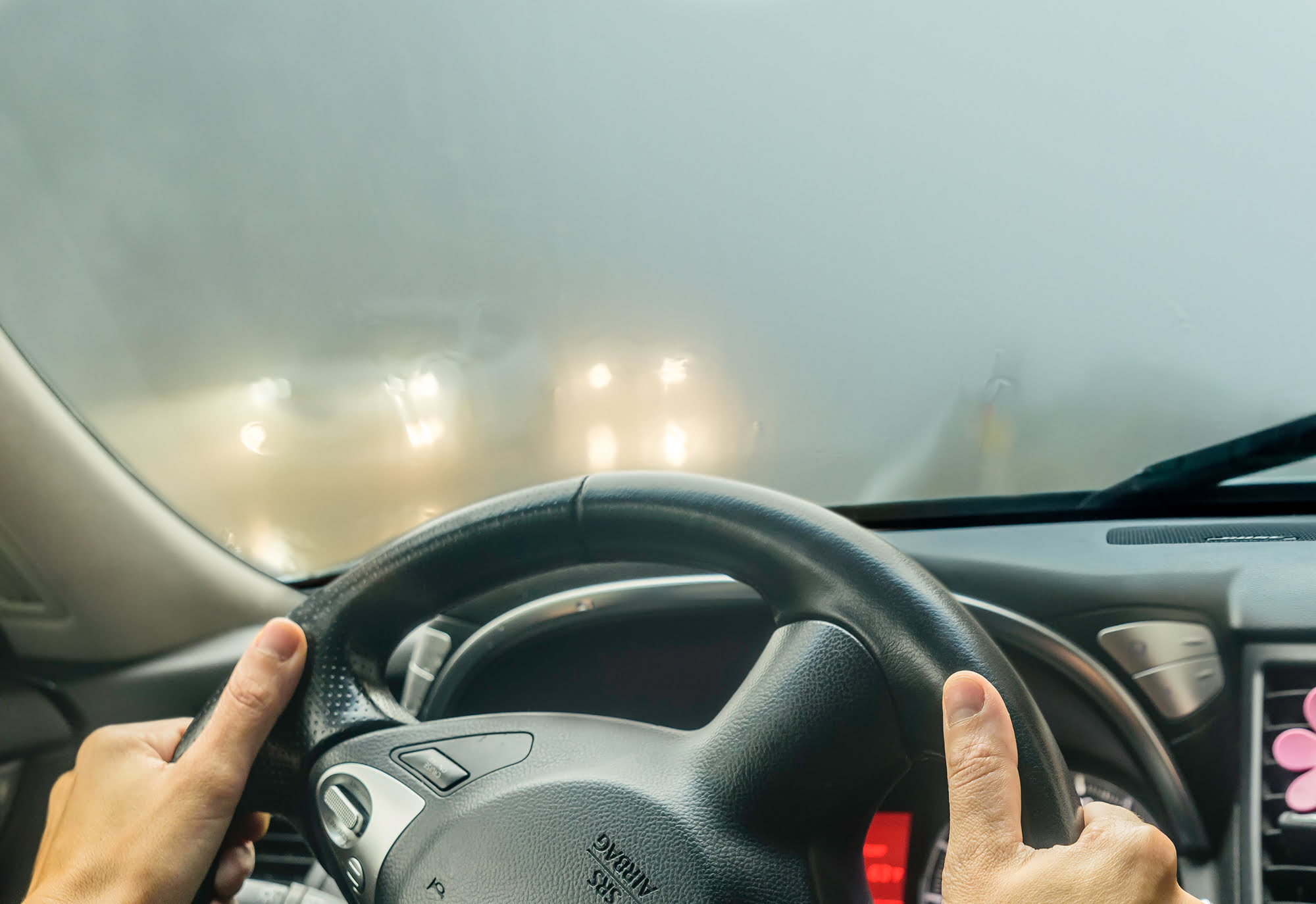
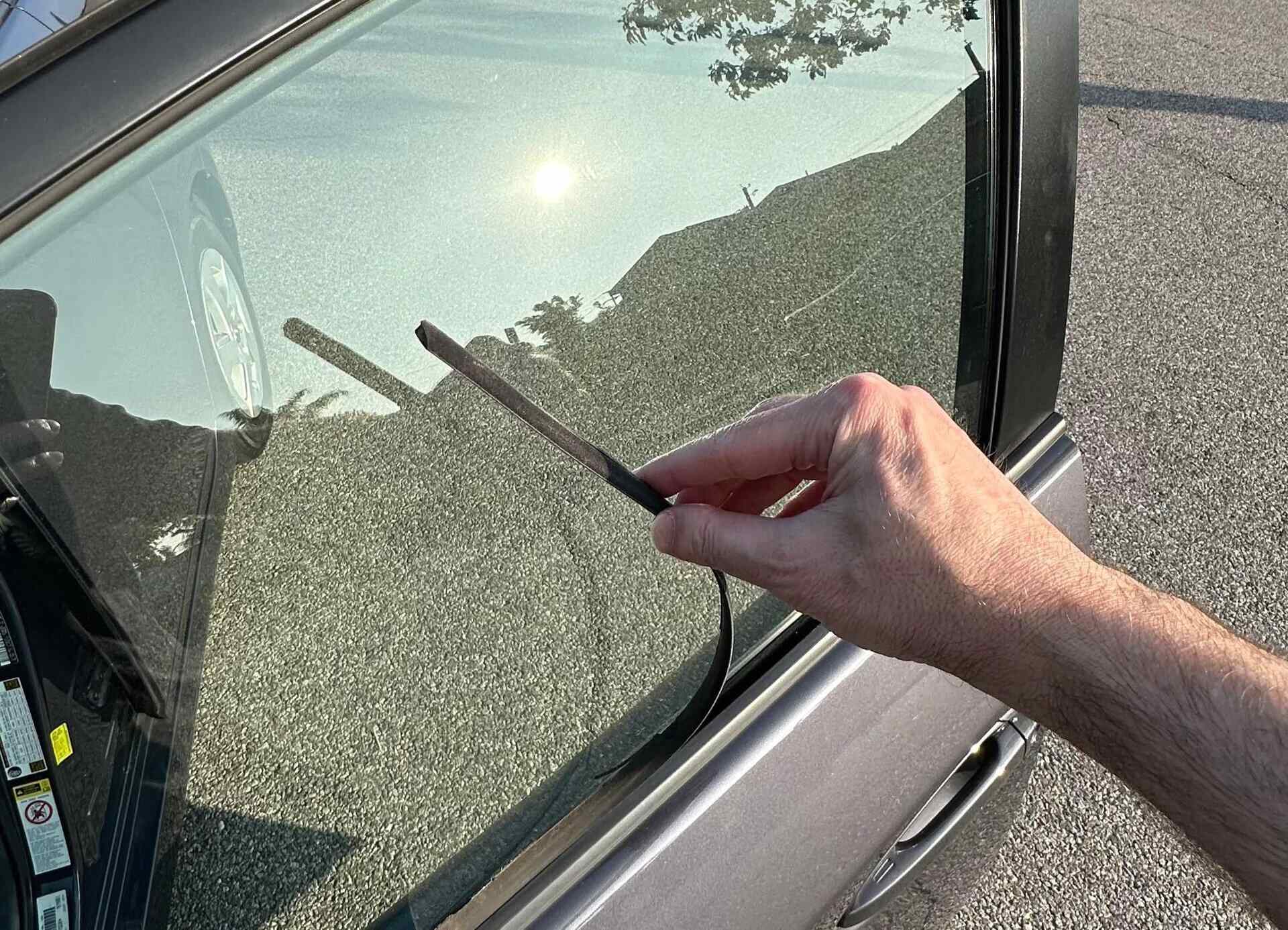
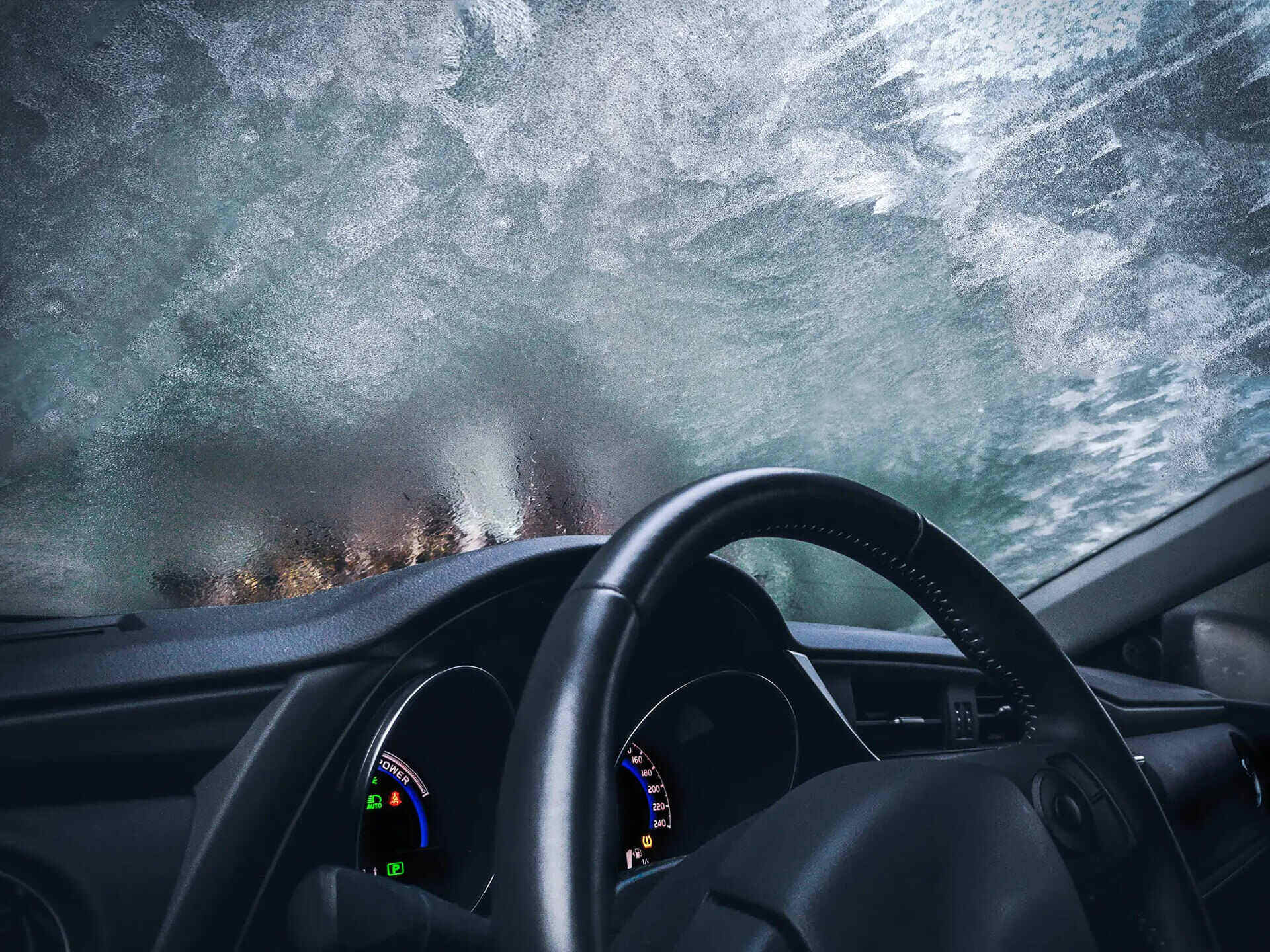
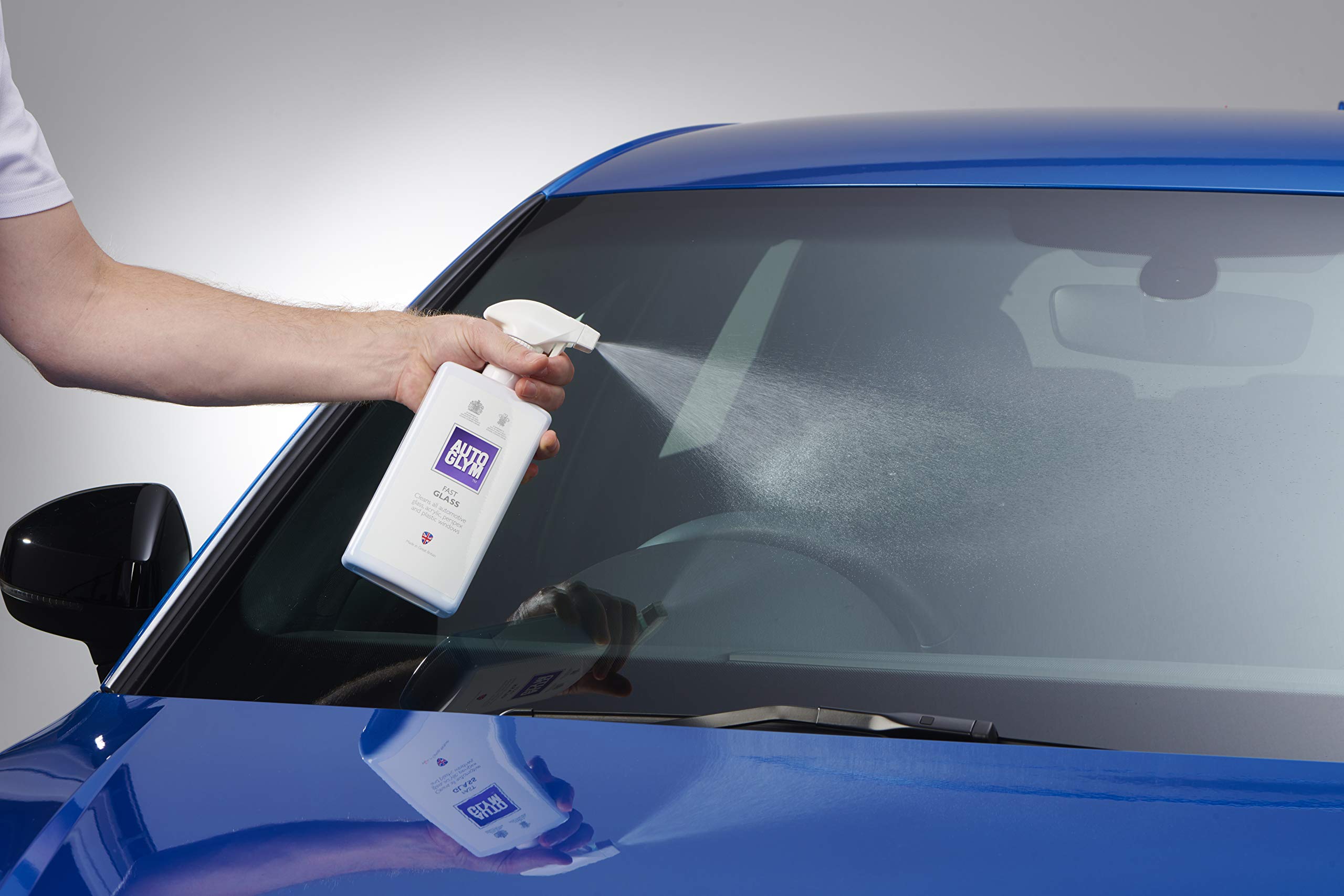
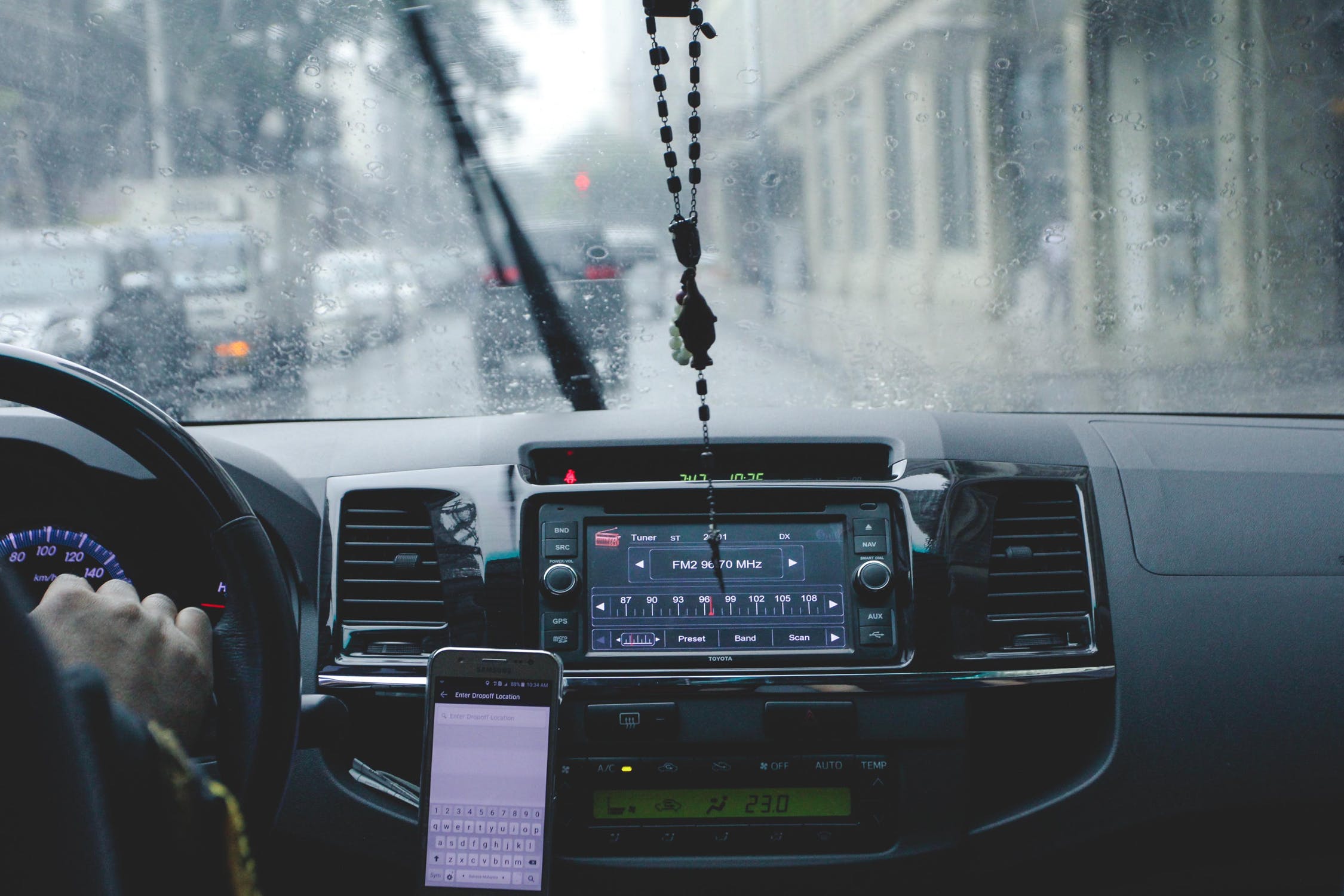
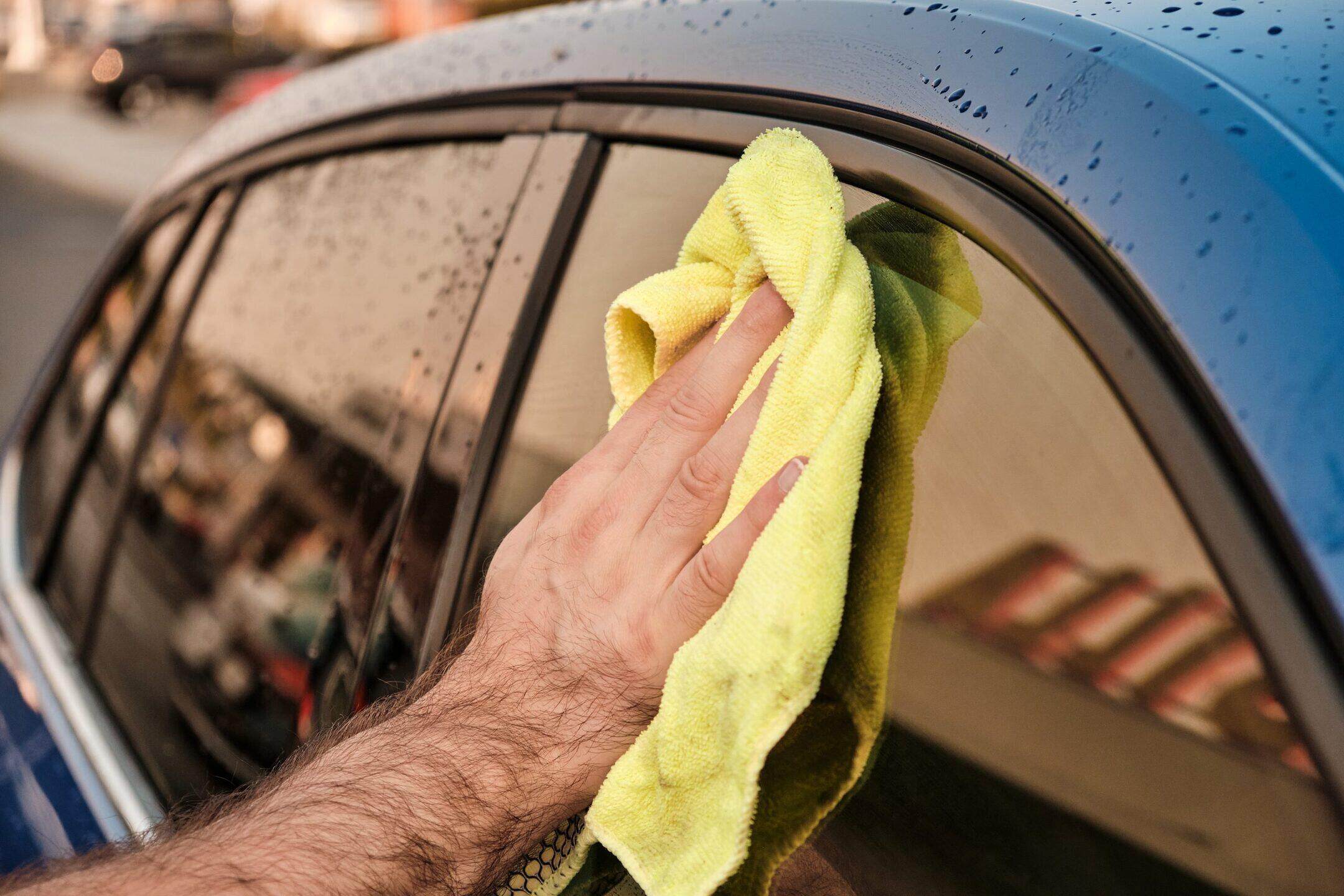
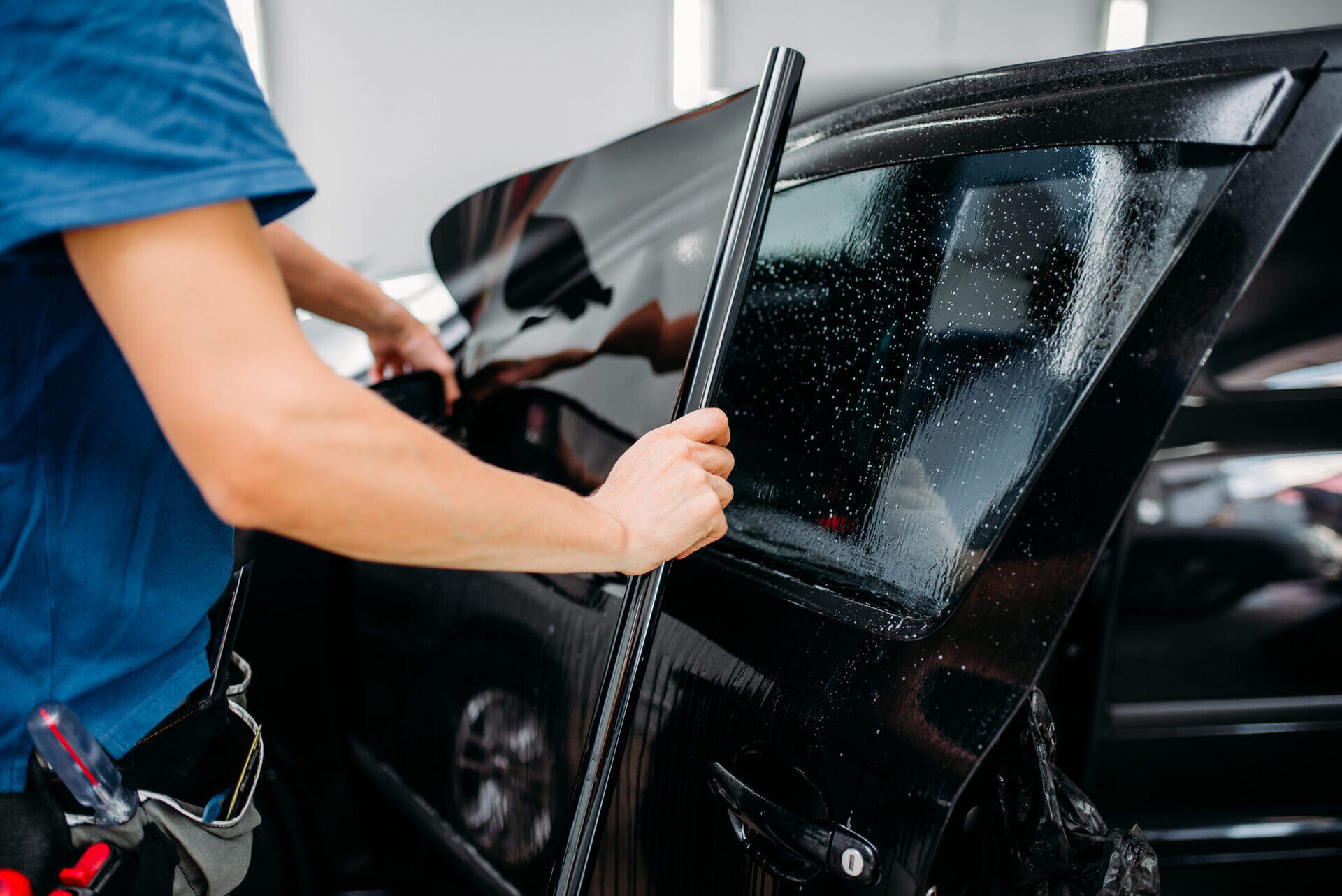
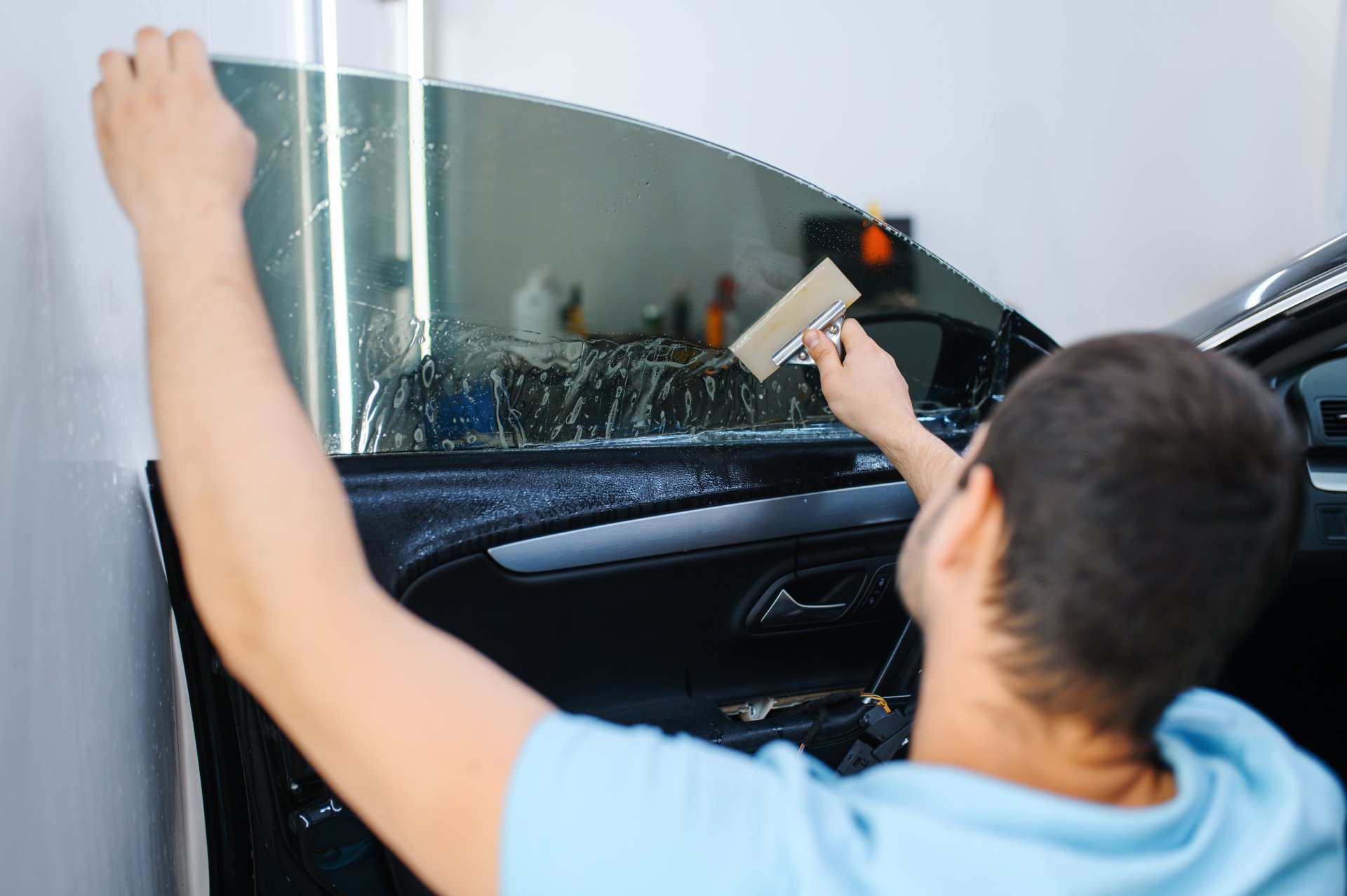
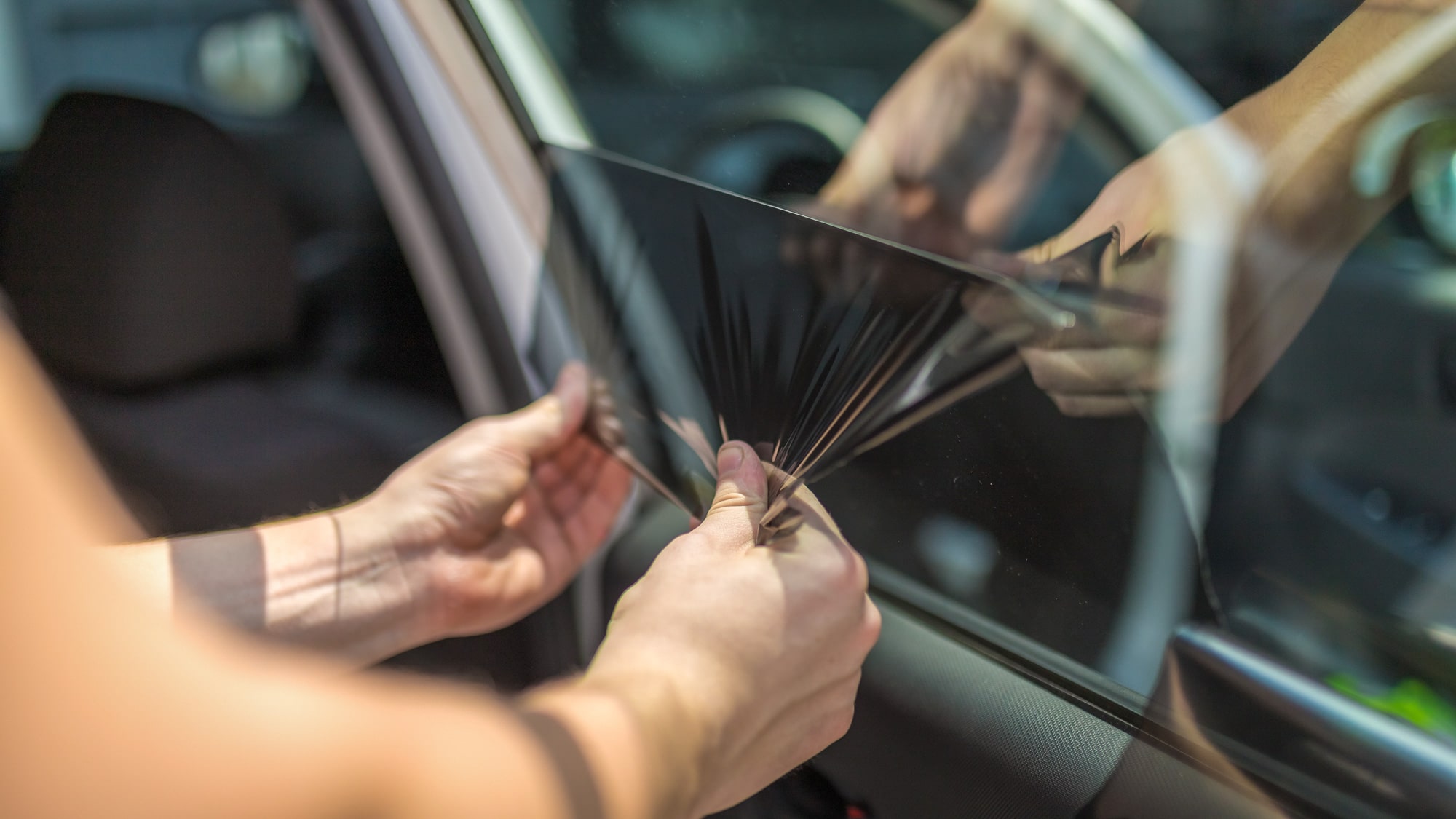
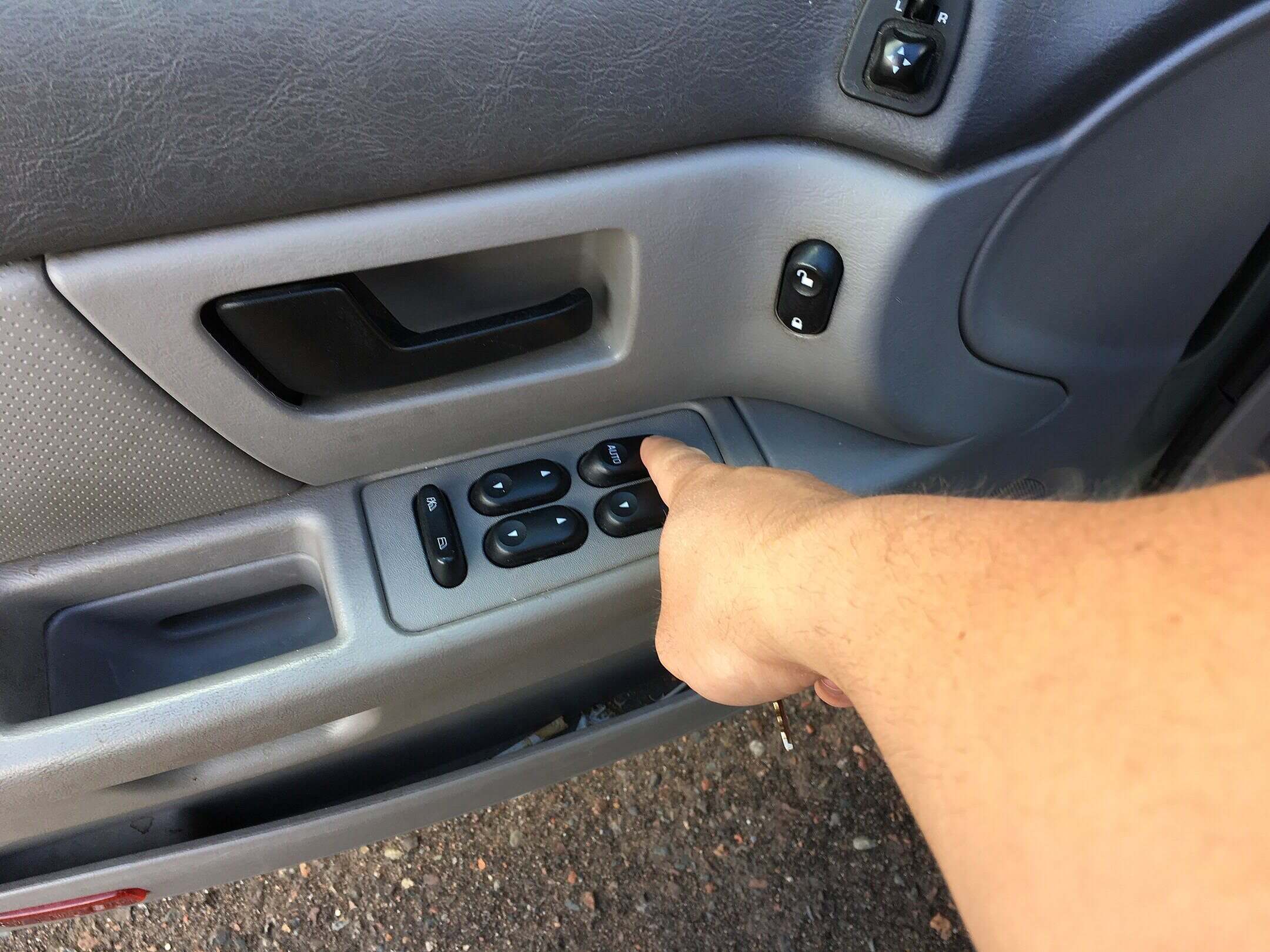
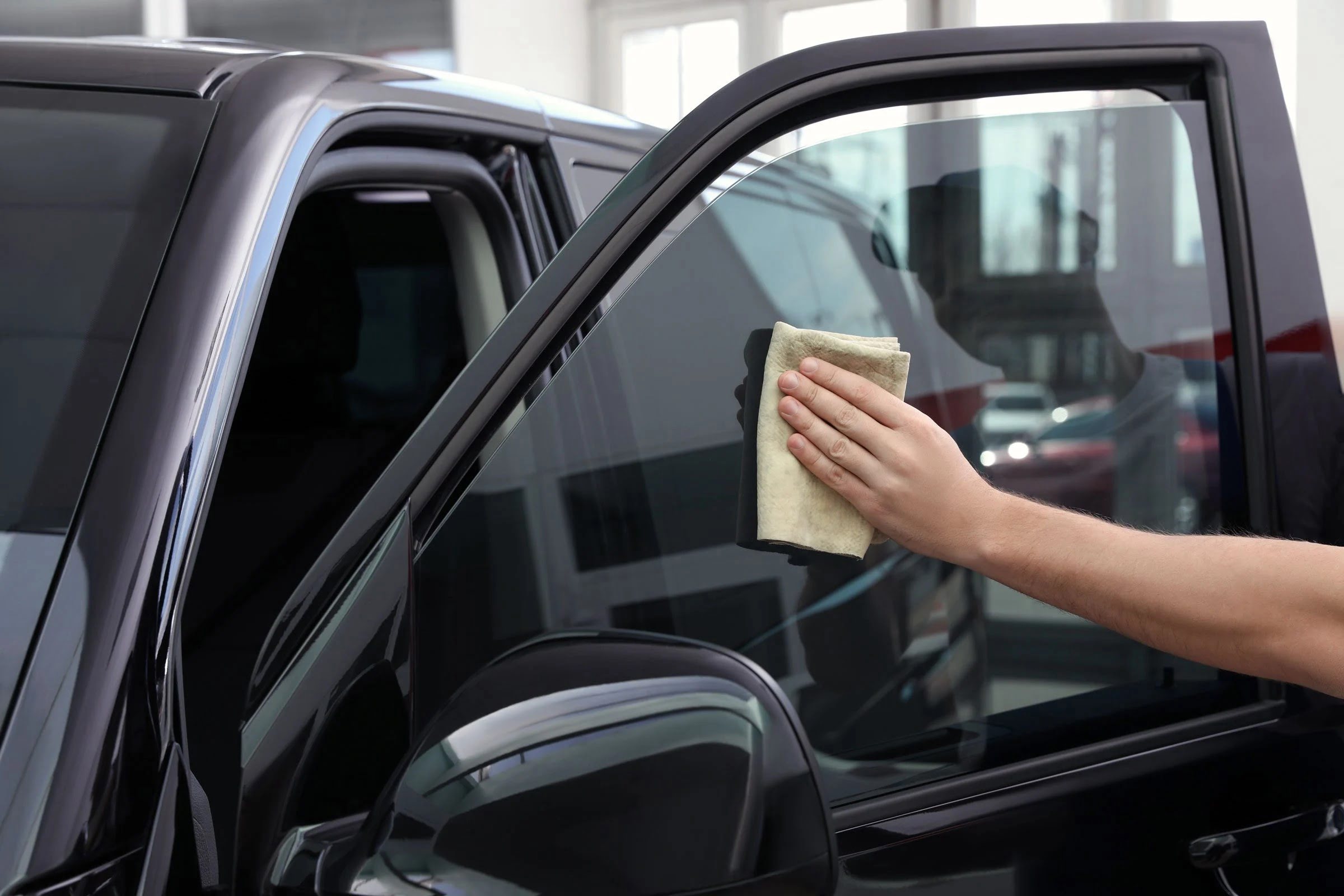
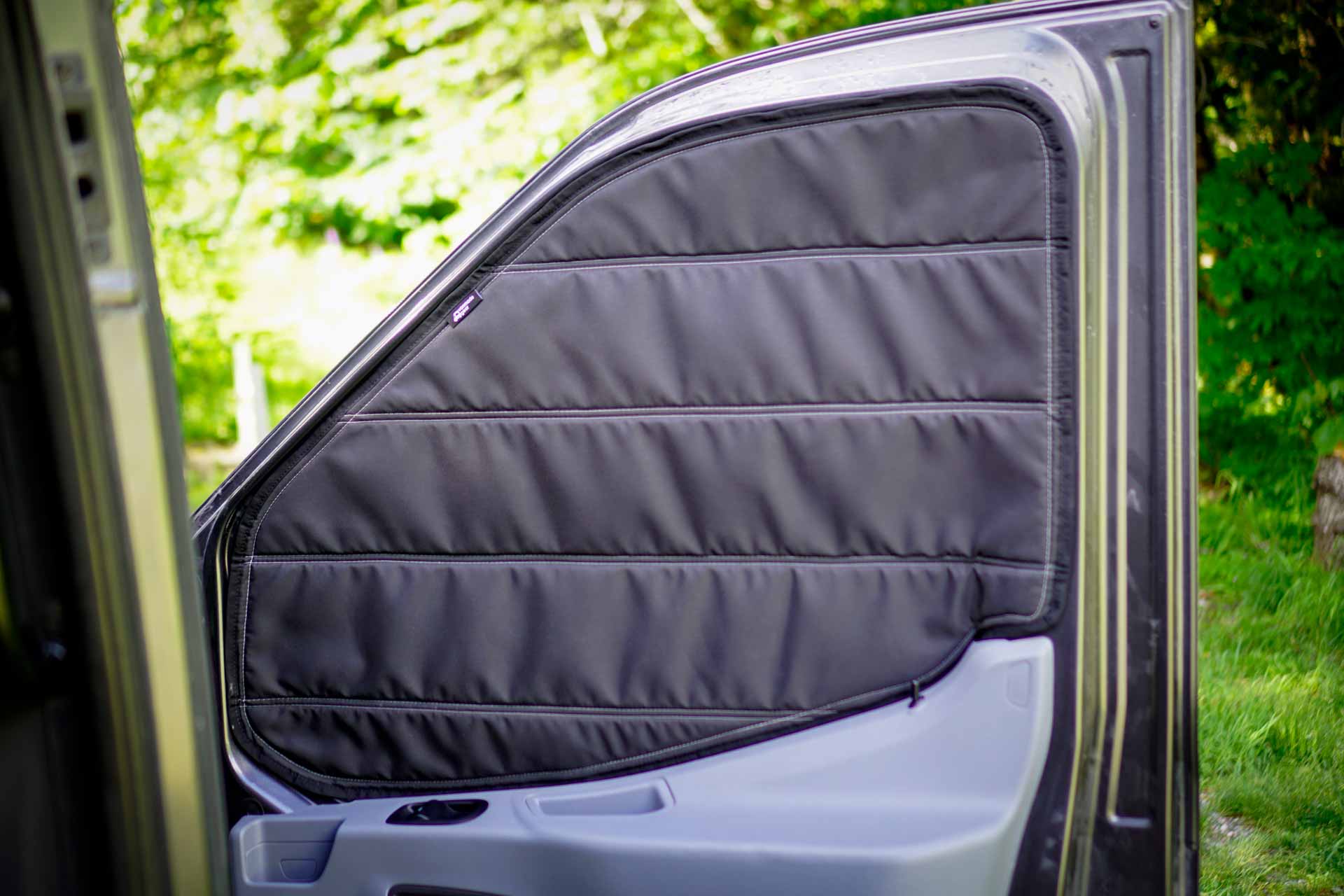
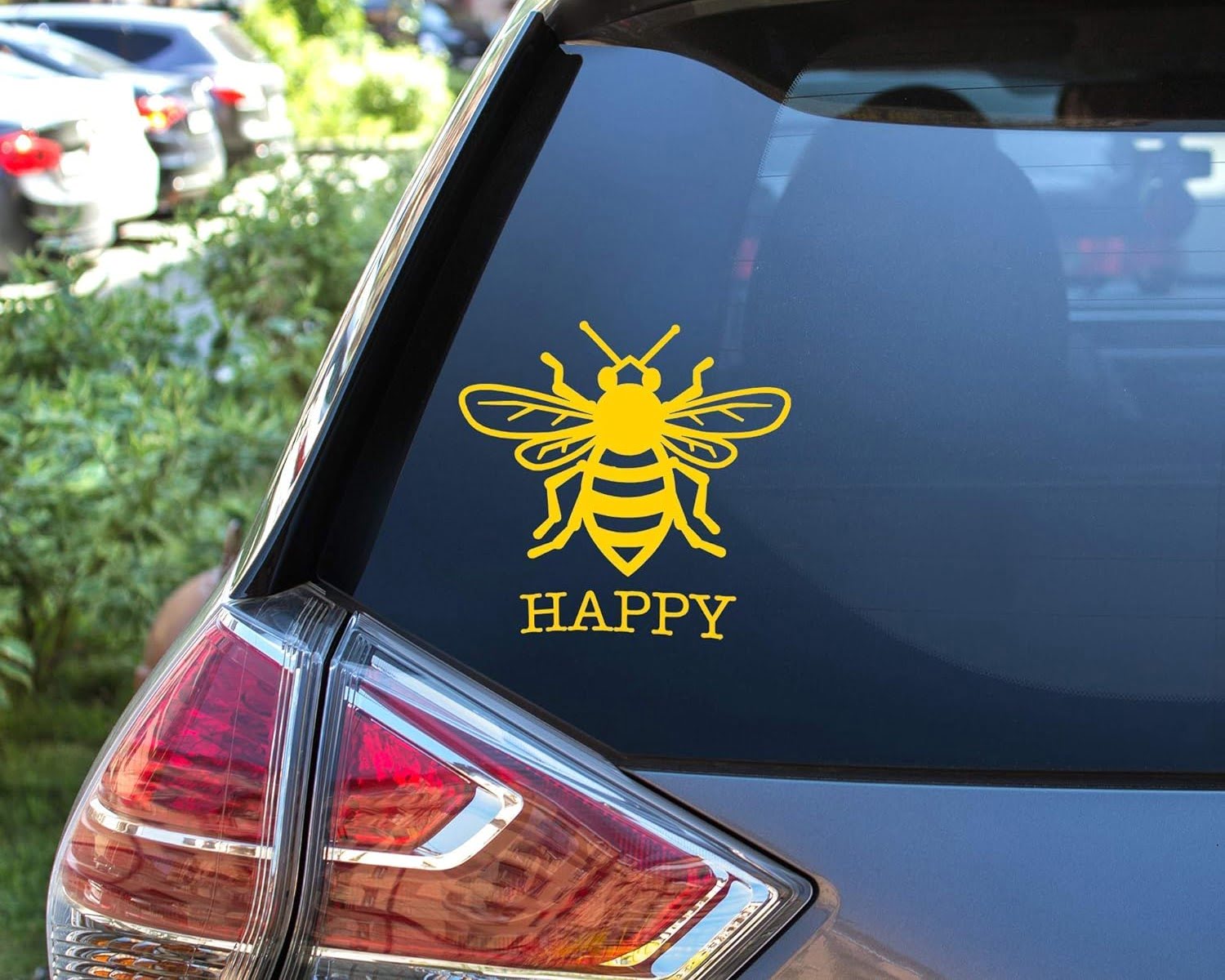
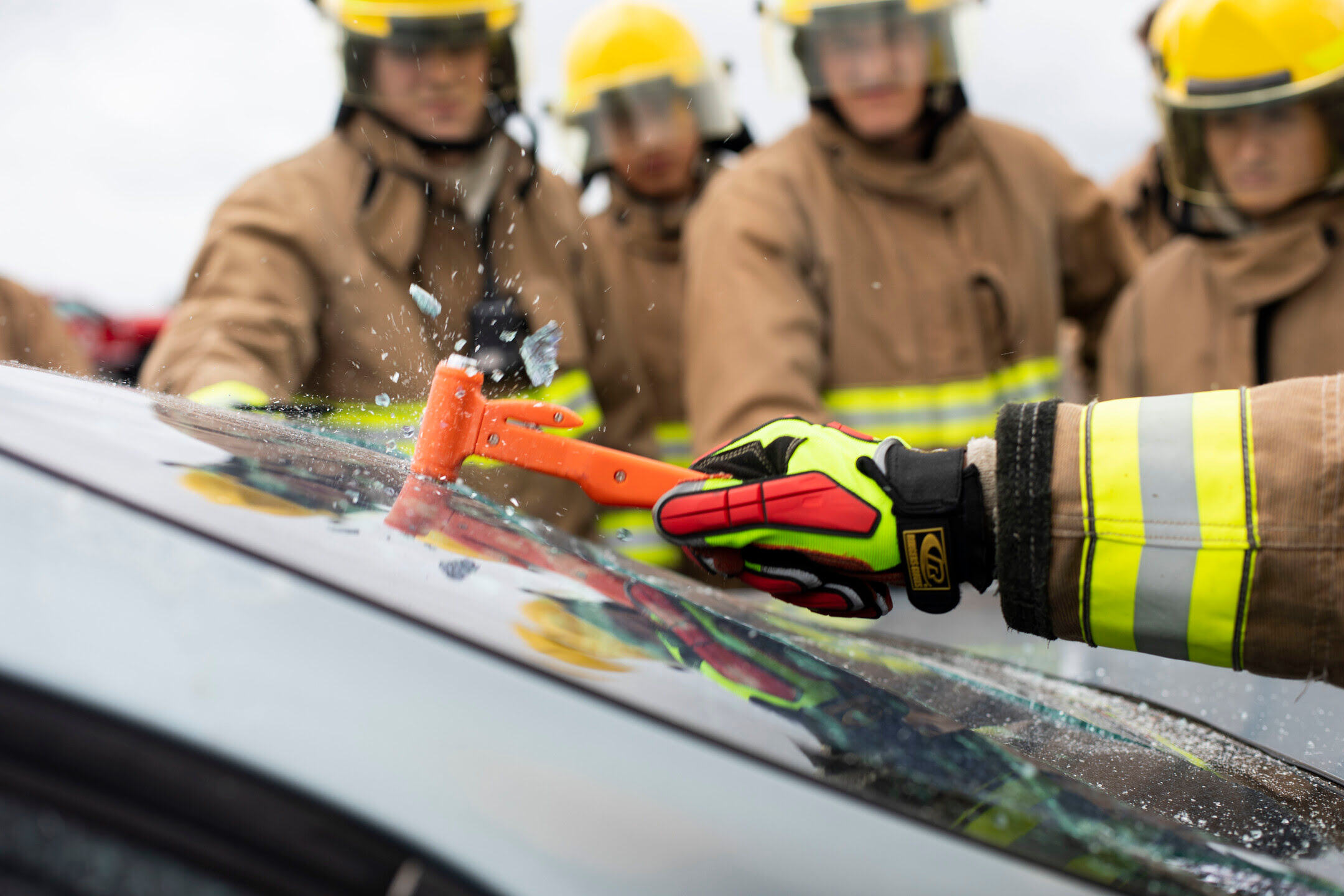

0 thoughts on “How To Bulletproof Car Windows”